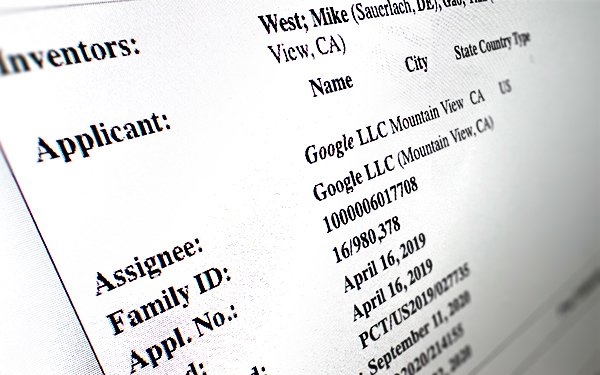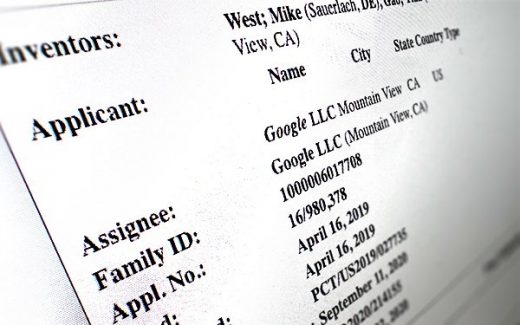Google Patent Describes How Its Technology Authorizes Transfer Of Data Without Cookies
Google Patent Describes How Its Technology Authorizes Transfer Of Data Without Cookies

The United States Patent and Trademark Office this week granted Google a patent describing a web browser-based application programming interface (API) that can control the authorization of data transmissions within a network and attribute a click without using cookies.
The system enables content items displayed in a web page to make a call to the browser to request the browser register the content item with the browser.
The web browser can control network transmissions to content items approved or authorized by the web browser.
The system can reduce the number of transmissions that do not result in content for the client device — saving bandwidth and computational resources for the client device.
The website can transmit small packets of data to the client device when it visits a website.
The small packets of data can include preferences or session information or can be used to authenticate and maintain a session between the client device and the device hosting the website, according to the patent.
The technology and processes described in the patent would support the advertising industry’s shift to cookieless ad targeting.
The data stored by the website can be stored indefinitely or can be purged.
Web browsers can prevent domains from accessing the data of other domains or from storing data on the client device when the client device is not in an active session with the domain.
Content items provided by a third party to fill content slots on a web page can be associated with a secondary web page, such as a landing page because a click on the content can take the web browser to the secondary page.
Attribution of the visit to the landing page can be difficult without using web-browser cookies. The system and method described can attribute the navigation to the landing page to the content while increasing user privacy.
For example, the system described can include a browser-based application programming interface (API). The API enables content items displayed in a web page to make a call to the browser to request that the browser register the content item with the browser.
The request can include landing page URLs, conversion reporting URLs, and campaign IDs. After the content item is registered with the browser, and the browser visits different URLs, the browser can compare the URLs of the present page against the landing page URLs registered with the browser.
When the browser determines that it is visiting one of the registered landing page URLs, the browser can generate a response message to the conversion reporting URL associated with the landing page URL. The browser can set and enforce a number of policies for the registration of content items with the browser and for the transmission of the response message to the conversion reporting URL.
The policies can set timing requirements that require the content item to be displayed for a predetermined length of time before registration can occur, display requirements that prevent non-visible or small tracking pixels from registering with the browser, among others, according to the patent.
(61)


